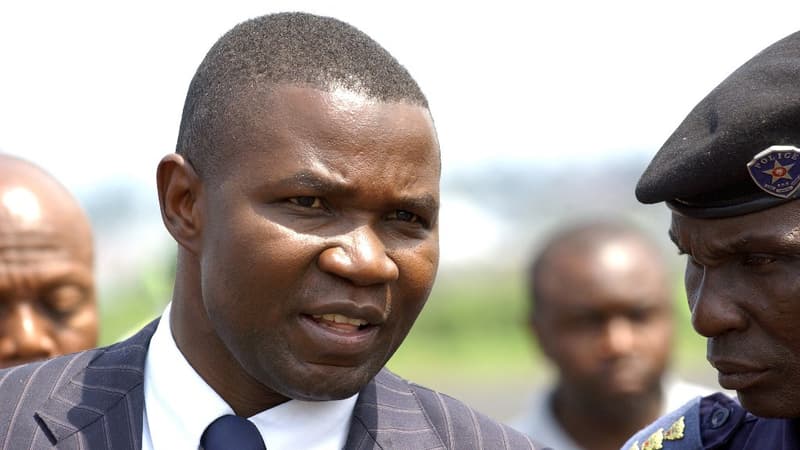The Government of the Democratic Republic of the Congo revised upwards this Monday, up to 300 deaths, the balance of a massacre of which it accuses the rebellion of the M23 on November 29 in a town in the east of the country, Kishishe.
This figure was proposed by the Congolese Minister of Industry, Julien Paluku, governor of North Kivu (east) from 2007 to 2019, during a press conference organized by the Minister of Communication and government spokesman, Patrick Muyaya.
Residents said they had, at the request of the rebels, bury the victims in mass graves. The rebel movement rejected the accusations of the Congolese authorities and acknowledged the death of eight civilians in this village, killed according to it by “stray bullets” during clashes with militants.
Children among the victims
To explain the new figures in government power, Paluku and Muyaya said that they come from civil society and from an “organization that brings together all the communities” in the region.
“Each community was able to identify, through the antennas that are in and around Kishishe, the people who died,” explained Julien Paluku. “Only one community has more than 105 people dead,” he said.
“We have around 300 dead,” he said, in response to a question, “known people, habitual residents of Kishishe, who have nothing to do with the FDLR (Hutu rebels of the Democratic Forces for the Liberation of Rwanda), nothing to do with the mayi-mayi” (community militiamen), he said.
In his words of presentation, the Minister of Industry spoke of some “272 dead civilians”. “There are children who were murdered, in a church, in a hospital,” Patrick Muyaya specified, evoking the number of 17, “according to the first elements given.”
“There are difficulties in collating all the figures,” he said, “the area is under M23 occupation.” “The consolidation work is underway,” she added. Investigations have been requested, the two ministers stressed.
Source: BFM TV


